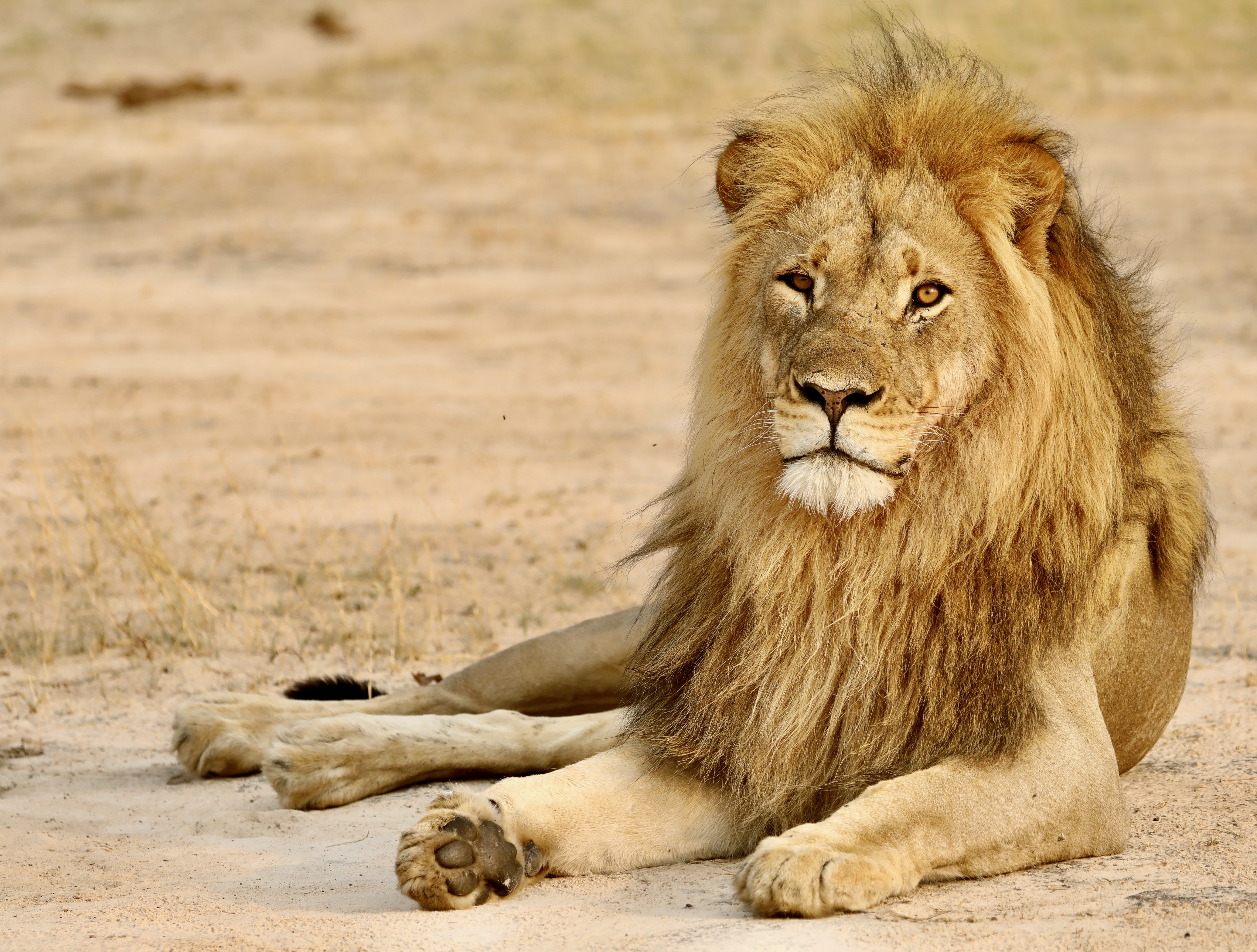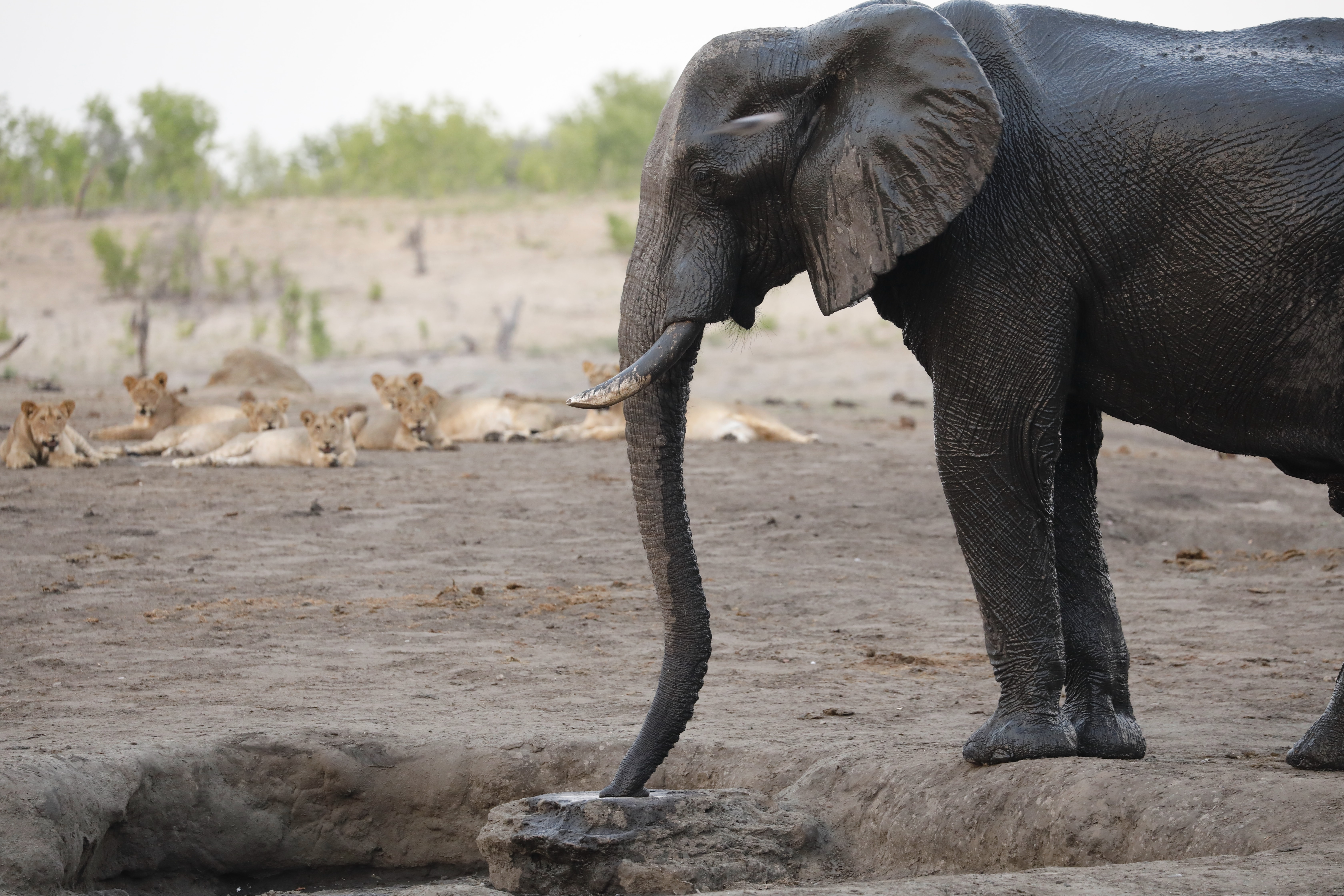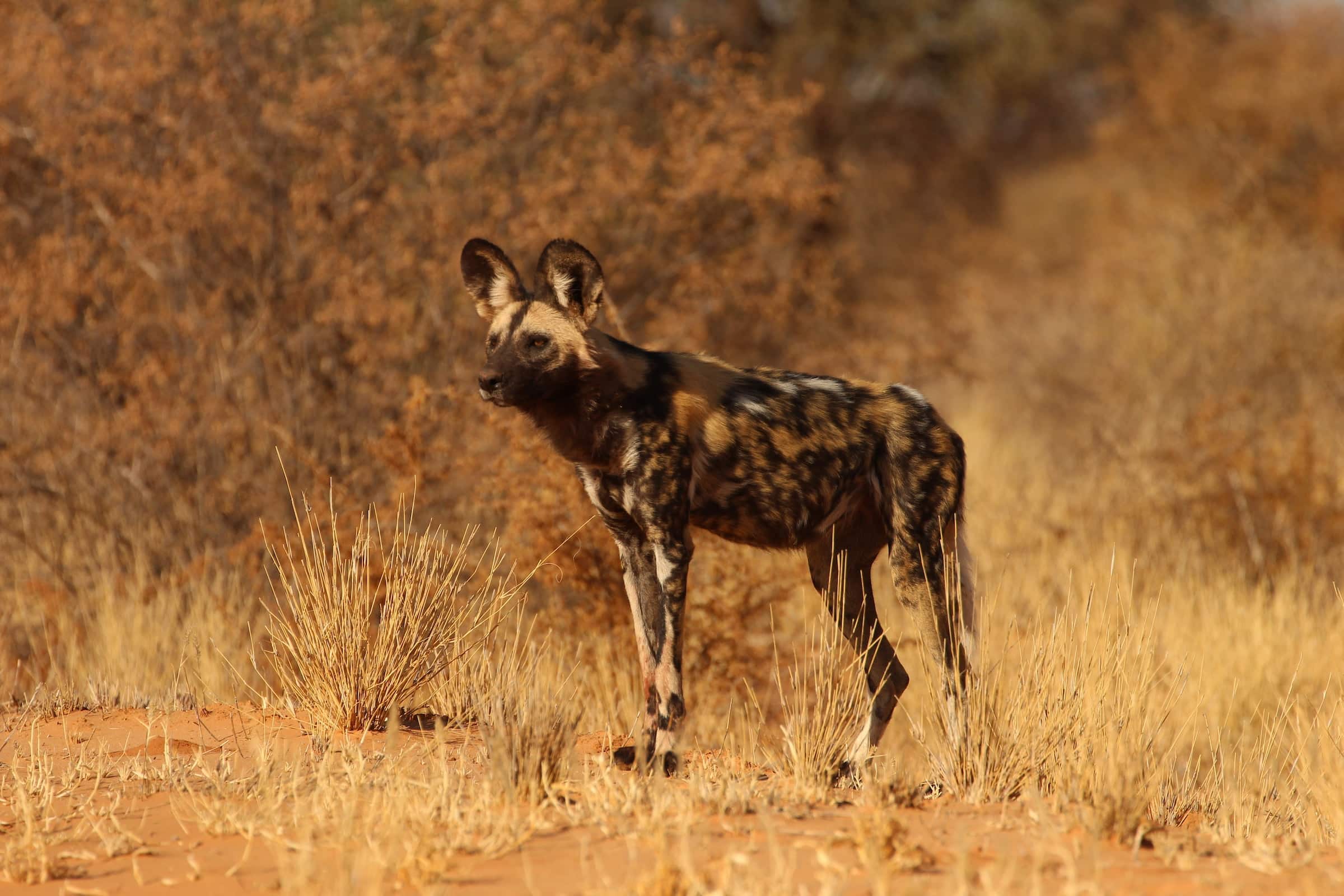A recent paper lamented the focus on funding for the conservation of charismatic megafauna species (large mammals and birds) in Europe and the neglect of other elements of biodiversity. These points are entirely valid, and it is equally important to conserve all elements of biodiversity. However, the experience of the Lion Recovery Fund demonstrates the potential for charismatic large mammals to attract funding that can help protect the landscapes that other species also depend on.
Lions are a flagship species, meaning their popularity can help raise funding in a way that most other species cannot. They are also an umbrella species, meaning that they depend upon healthy savanna ecosystems; the conservation interventions needed to protect lions also help protect all other species in the areas that lions live. Since its inception in 2017, the LRF has invested $16.8 million across 21 countries in Africa. Three main types of project have been funded: a) Supporting the management of under-funded protected areas; b) Promoting coexistence between people and lions in the community lands around protected areas, and c) Tackling the illegal wildlife trade. The first two involve many elements associated with protecting habitats, and all three help protect many more species than just lions.
Conserving all biodiversity is important, but it is critical to recognize that megafauna species like lions are an important spark to help achieve that. The LRF is passionate about not just lions, but savanna biodiversity writ large.




